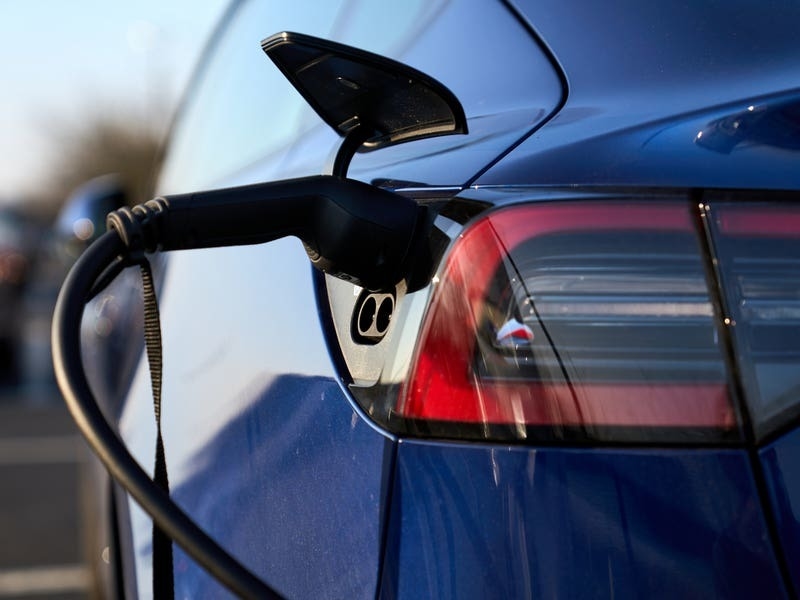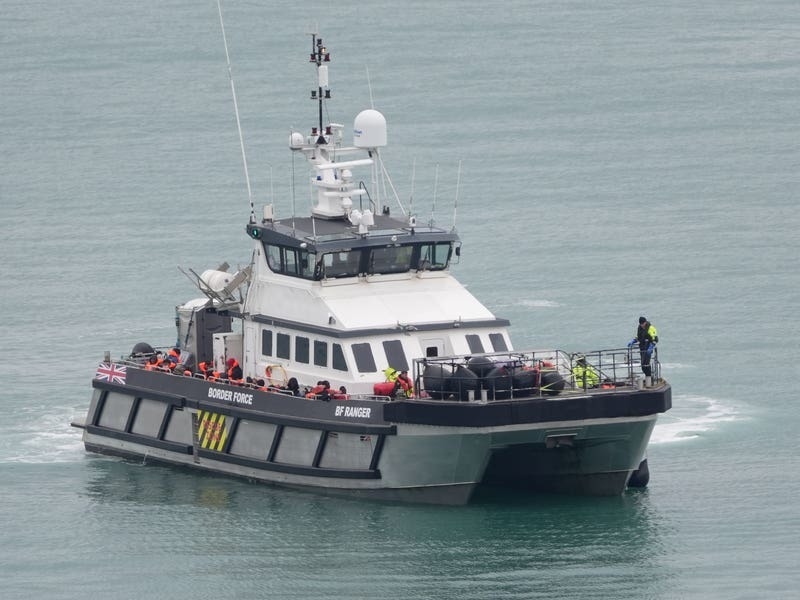- Now that Jersey is to gain control of its foreshore and seabed, it could be in a stronger position to exploit renewable energy
- What do you think? Read online comments below
- See the results of a JEP poll on the subject
THE States are looking to work with France and the European Union to develop renewable-energy plants in Jersey’s territorial waters.
Last week’s announcement that the Crown would be handing over the foreshore and seabed to the public of Jersey has given the Island greater control over its territorial waters.
And Environment Minister Steve Luce has said the main reason the States wanted control of the seabed was so they could look at developing renewable energy.
‘We have been working for quite a while now to get the seabed and it’s great that the decision has now been made,’ he said.
‘The move has been specifically made with the supply of renewable energy in mind.
‘What it means is that we can now move quickly when we want to do something with the seabed because we have removed a major stumbling block – ownership.
‘We can now put laws in place to allow us to do many things.’
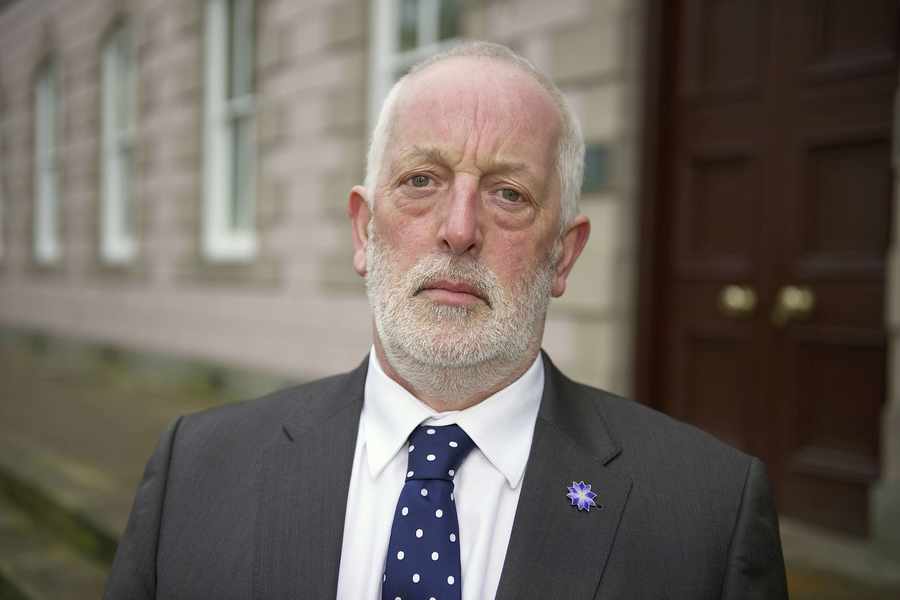
Deputy Luce said that collaborations with the French and the European Union would be looked at if the opportunity arose.
‘The French are putting up a large wind farm to the north of Saint-Brieuc in Brittany – there is the possibility that they will want to extend that into our waters,’ he said.
‘They will also be looking to build more wind farms and there is the possibility that they will want to use Channel Islands waters for them.
‘There could be a joint project between Jersey and France, or we could lease parts of the seabed out. If someone comes to us, we will look at what we can do.
‘We will be looking to work with the EU as well, because any wind farms will require subsidies.’
He added that he hoped that the European Union would be willing to back projects in Jersey’s waters, even if they were technically outside EU territory.
Despite his enthusiasm for renewable energy, Deputy Luce warned that the costs would have to be taken into consideration with regard to supplying power to the Island from wind farms.
‘We have to be realistic – any wind farms would be quite far away from the coast of the Island, so the cost of supplying Jersey would probably be high,’ he said.
‘The French would have a large cable going to their mainland, so it would be easier to connect to that.
‘It is possible that some energy from wind farms could come back to Jersey from the French network, however.’
The Deputy said that he thought the only renewable-energy plants built in the near future would be wind farms.
‘Tidal power is still a long way off because the technology is not there yet – the seabed is a very difficult medium to work in,’ he said.
Meanwhile, a spokesman from the Jersey Electricity Company said that they welcomed the opportunity for offshore renewable energy but would be ‘unlikely to invest in sea-based wind or undersea turbines until the technology becomes commercially viable’.
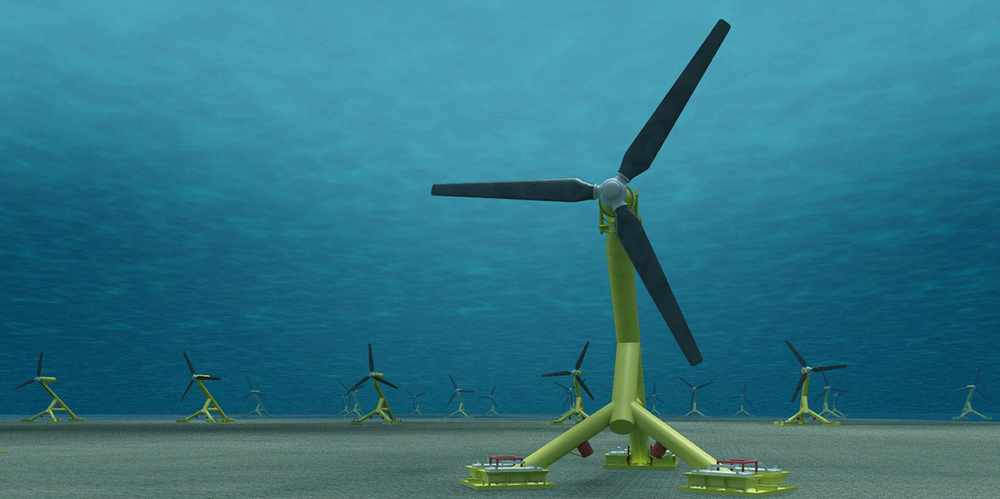

Wind farms
- Wind farms are made of multiple wind turbines placed in the same location for the purpose of generating large amounts of electric power.
- Wind turbines operate when the wind turns two or three propeller-like blades around a rotor.
- The rotor is connected to a shaft, which spins a generator to create electricity.
- The amount of energy generated by turbines can vary from 100 kilowatts to several megawatts (one megawatt is equal to 1,000 kilowatts and an average four-person home uses 18 kilowatts per day). Larger wind turbines are more cost-effective.
- Wind is technically a form of solar energy and is a result of the uneven heating of the atmosphere by the sun, the irregularities of the earths surface and the rotation of the earth
- Because of rising energy prices and the resulting search for alternative sources, there are now thousands of wind farms in many countries around the world.
- The largest offshore wind farm in the world is the 175-turbine London Array in the Thames Estuary.
Tidal power
- Tidal power converts the energy of tides into electricity through the use of turbines.
- Although it is not yet widely used, tidal power has good potential for future electricity generation.
- Unlike the wind, tides are predictable, so tidal power is a more reliable source of power.
- Use of tidal power has so far been limited by high costs and the shortage of sites with sufficient tidal ranges or flow velocities.
- Technological advances in recent years have improved the efficiency of tidal power plants and the use of tidal power could increase significantly.
- The UK and Channel Islands have almost 50 per cent of the entire tidal stream resource of Europe, and at least ten per cent of the tidal stream resource of the whole world.

Alderney
The third-largest Channel Island has been recognised as one of the best potential tidal-power locations in the world because of its powerful currents and close location to the French grid.
A joint venture announced last year between two companies called OpenHydro and Alderney Renewable Energy (ARE) is aiming to develop a 300-megawatt tidal array made up of 150 turbines off Alderney.
It is hoped the project will be completed by 2020 and the potential annual energy output is predicted to be 6 terawatt hours, which would meet the annual energy demand of 1.8 million homes.
The project, which is planned to supply power to the French grid, could generate £10 million a year for Alderney’s economy.
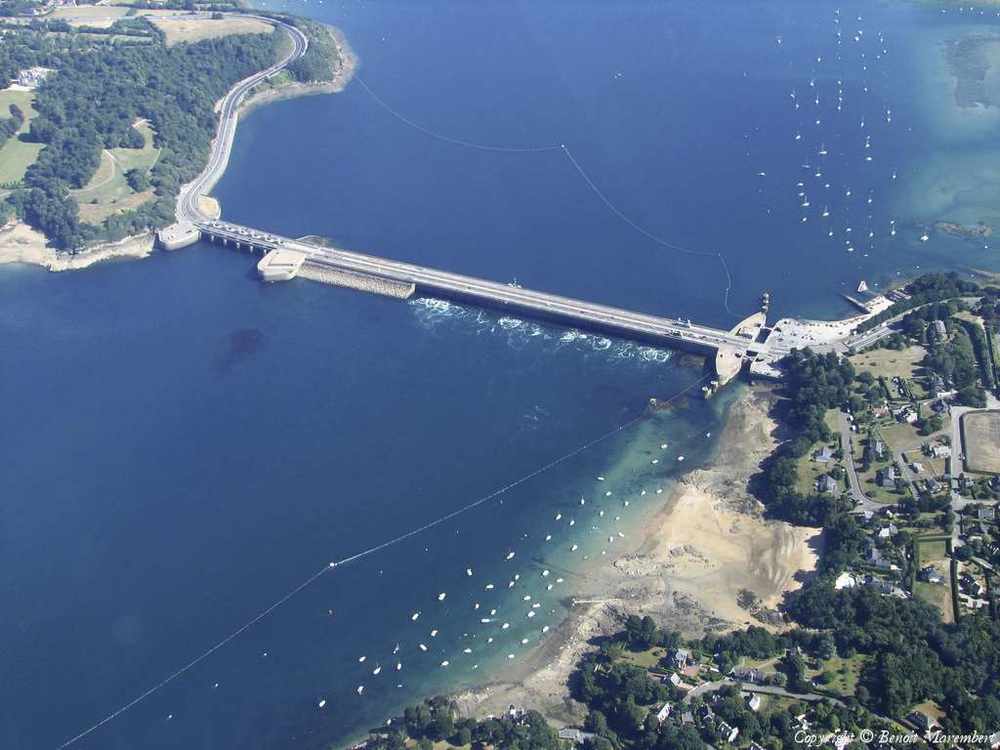
The Rance
The world’s first large-scale tidal power plant, which became operational in 1966, was built less than 50 miles south of Jersey.
The Rance Tidal Power Station was built on the mouth of the Rance River estuary between St Malo and Dinard.
The plant’s 24 turbines reach peak output at 240 megawatts and average 62 megawatts.
Its annual output of approximately 540 gigawatts supplies 0.012 per cent of the power demand of France.
Tim South: ‘Wind turbine factories and energy companies grabbing the government’s money with both hands made a lovely profit but the UK government under David Cameron has now given wind turbines the thumbs down. Why? Because wind farms are incredibly expensive, and only work obviously when there is wind. The wind farm industry will disagree while big government subsidies are on offer. Jersey cannot afford expensive wind power.’
Ex pat: ‘Jersey does not need these. When there is no wind they don’t work and if there is too much wind they have to be switched off. Underwater tidal turbines would be the way to go. Tides never stop, and the turbines would be invisible from the shore.’
Realist: ‘Wind farms can only operate with vast subsidies as they simply do not produce enough electricity to be viable. Jersey does not have the resources to provide a loss making subsidy and never will.
‘That means that France, with EU subsidies, will be first in line to take over our newly gifted territorial seas and ruin our vistas with a myriad of whirling turbines that will never produce a viable electricity alternative.
‘It’s time that our States Members examined the unsullied independent evidence on wind farm viability and saw sense.’





